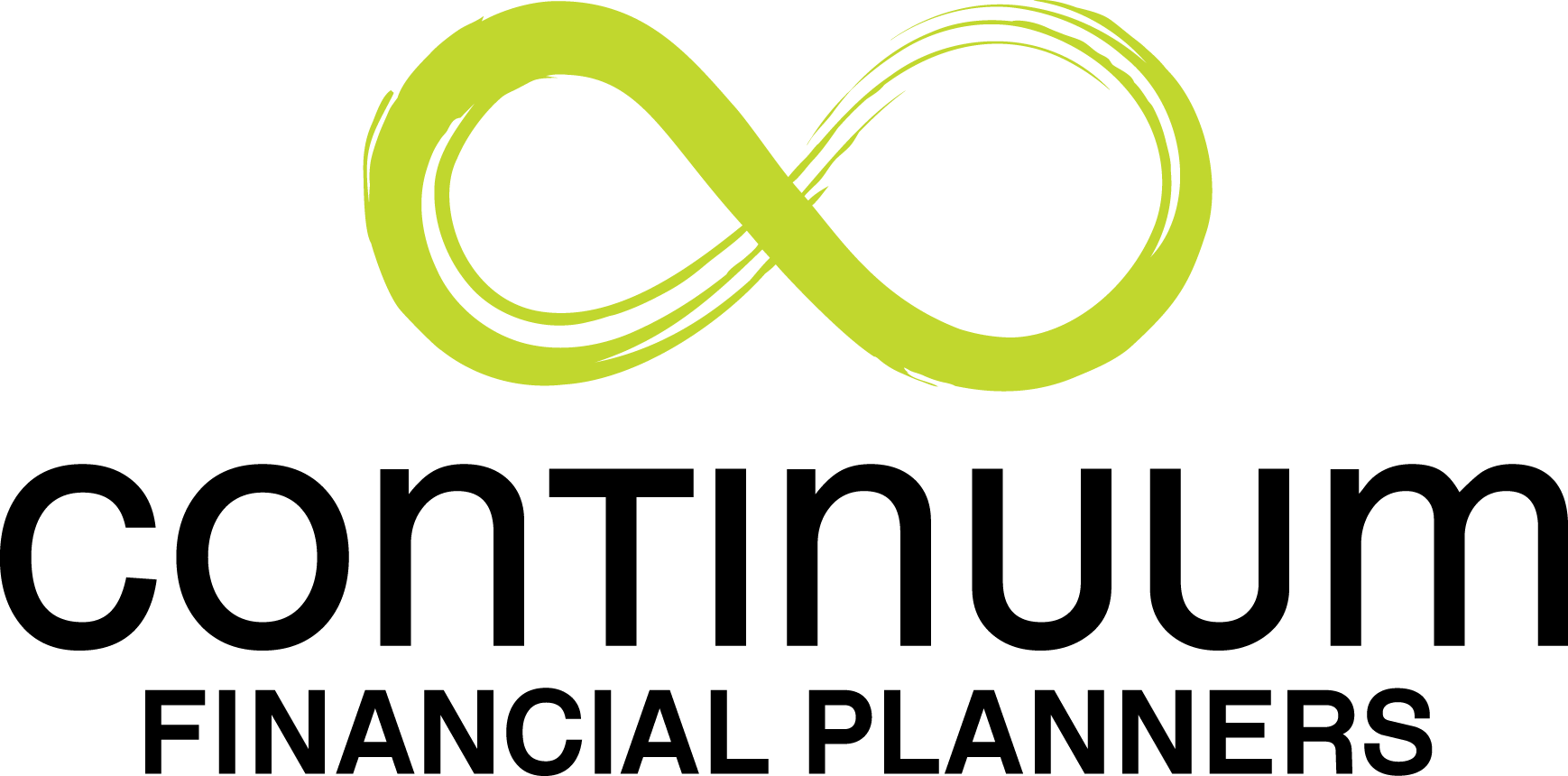What are superannuation nonconcessional contributions?
Superannuation nonconcessional contributions are contributions that have been made –
- by an individual member; and
- for which a tax deduction has not been claimed.
Going by the nomenclature NCC, these contributions have, in the past, been referred to as ‘undeducted contributions’: they count towards your non-concessional contributions cap (see more below).
Why make nonconcessional contributions? (The benefits of making nonconcessional contributions)
There are many advantages in making superannuation non concessional contributions:
- Nonconcessional contributions are not subject to the 15 per cent contributions tax that applies to concessional (tax deductible) contributions.
- Earnings on superannuation nonconcessional contributions are taxed at a maximum rate of 15 per cent: this may be significantly lower than the tax rate that would apply to earnings if your savings were invested outside super.
- When a lump sum benefit is paid to you, nonconcessional contribution amounts included in the benefit are tax-free.
- If you purchase a pension that includes nonconcessional contributions, you will receive a portion of the pension income – known as ‘the tax free amount’ – tax-free.
New superannuation caps (limits)
From 1 July 2007, superannuation nonconcessional contributions were restricted to $150,000 per person per financial year, but subjected to ‘stepped indexing’. As from 1 July 2014, the indexing provisions of the relevant legislation have lifted this amount to $180,000. This ‘limit’ is referred to as a contribution cap.
To accommodate larger contributions, people under age 65 will be allowed to bring forward two years of contributions. For example, a person under age 65 would be able to make a $450,000 personal nonconcessional contribution in the 2009-10 financial year, but will then be unable to make further post-tax contributions until the 2012-13 financial year. As from the 2014/ 15 financial year, a similar person would be able to contribute up to $540,000 – and then be unable to make further NCCs until three financial years after the ‘brought forward’ contribution is made.
Any amounts contributed in excess of these limits are taxed at 46.5 per cent to the individual, who must make a withdrawal from super equal to the amount of tax.
Can I access my superannuation nonconcessional contributions?
Any contribution to superannuation is preserved until a condition of release is met. The most common condition of release is age-based: it occurs when you reach 55 and retire. Otherwise, your superannuation is accessible when you reach 65. (Note that the preservation age condition of release has been phased upwards so that those born after 1 July 1964 cannot access their superannuation ‘on age grounds’ until they attain age 60. There is a phasing in process for those born between 1 July 1960 and 30 June 1964. The ATO publishes a Preservation Age Table showing the phasing situation.)
There are however a number of other circumstances under which you can access superannuation, including the ability to commence a non-commutable income stream at 55. Your financial adviser will be able to explain how these rules work and how they will apply to your individual situation.
Should I make Superannuation Nonconcessional Contributions?
You may need assistance in deciding whether making nonconcessional contributions will work for you – especially in the light of there being no tax deductibility available for such contributions. Bearing in mind that a superannuation account is only another investment structure under which you can accumulate wealth for your retirement planning strategies, financial advice from one of Continuum Financial Planners experienced financial advisers should benefit you.
To arrange an appointment for a meeting with our advisers, contact us and we’ll ‘pick up the tab’ for the first meeting.
We acknowledge the contribution from Deutsche Bank through its Desk Caddie for the core content of this article, to which we have added some additional and current information.
(Originally posted in December 2009, this article has occasionally been refreshed/ updated, most recently in June 2021.)


